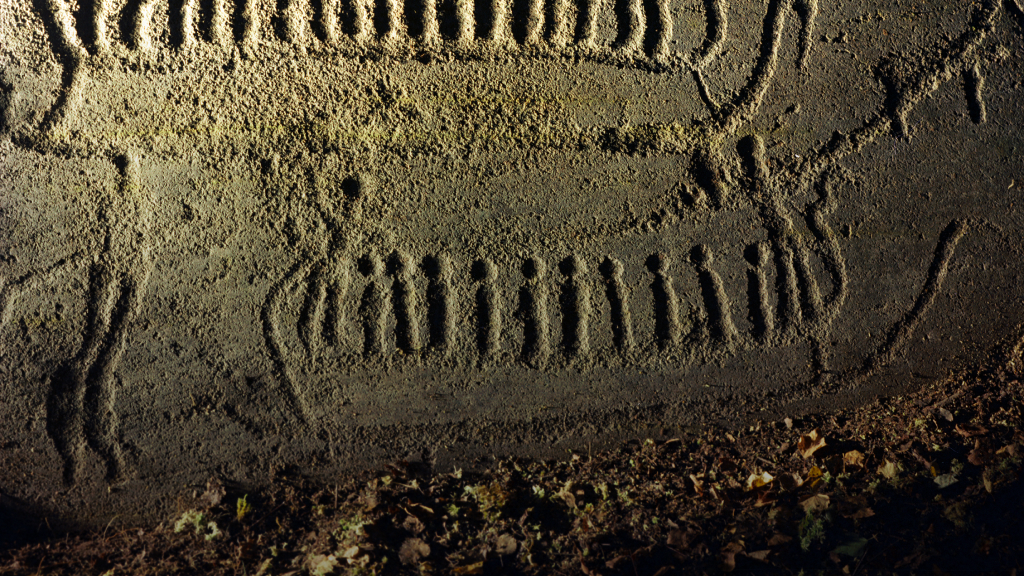
Application of AI and data-driven research on rock art in order to identify carving techniques and carvers from the Bronze Age
Professor Johan Ling, University of Gothenburg
Link to project: Coming soon
Contact: johan.ling@archaeology.gu.se
Swedish Bronze Age rock art (1700–500 BC) constitutes one of the world’s richest prehistoric legacies. Rock Art has been used as evidence to discuss ideas about ideology, religion, long distance trade, warfare, landscapes, and social organization. However, very little focus has been paid to the rock art carvers themselves. Currently, the knowledge about carving techniques is limited. This means, we lack information that could help us to forward theories about the social roles of carvers in Bronze Age society. However, recent advances in different research fields enable an in-depth investigation to identify the carvers and/or their institutions:
- The Swedish Rock Art Research Archives’ (SHFA; www.shfa.se) digitization of rock art documentation (64,000 2D records out of a total of 105,000) provides a good starting point for quantitative and qualitative approaches to identify carvers
- New chronological observations in rock art that allow us to analyse the different phases of production with greater accuracy
- New digital 3D techniques to record, analyse and interpret rock art and granite structures more precisely
- New advances in AI that forward quantitative and qualitative approaches to rock art documentation and structural geology.
To tackle this challenge, the Swedish Rock Art Research Archives’ (SHFA, GU) will collaborate with Vitlycke Museum, Centre for Digital Humanities (GU) and Department of Earth Sciences (GU). The partners have reached important milestones with digitization, 3D technologies, Artificial Intelligence (AI), and chronological observations on rock art that allow an in-depth investigation of Bronze Age carvers. This project will drive digitalization of rock art documentation, rock art panels, and granite surfaces to provide data to train AI algorithms to recognize motifs, styles, superimpositions, and carved vs. uncarved features. This work will provide new fundamental insights into rock art chronologies, the long-term use of panels, and different carvings techniques. With the work in this interdisciplinary project, new interpretations and theories about rock art carvers, their knowledge, and their social roles can be advanced.


